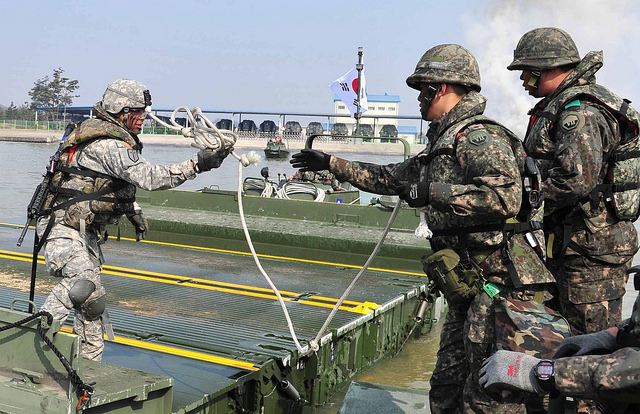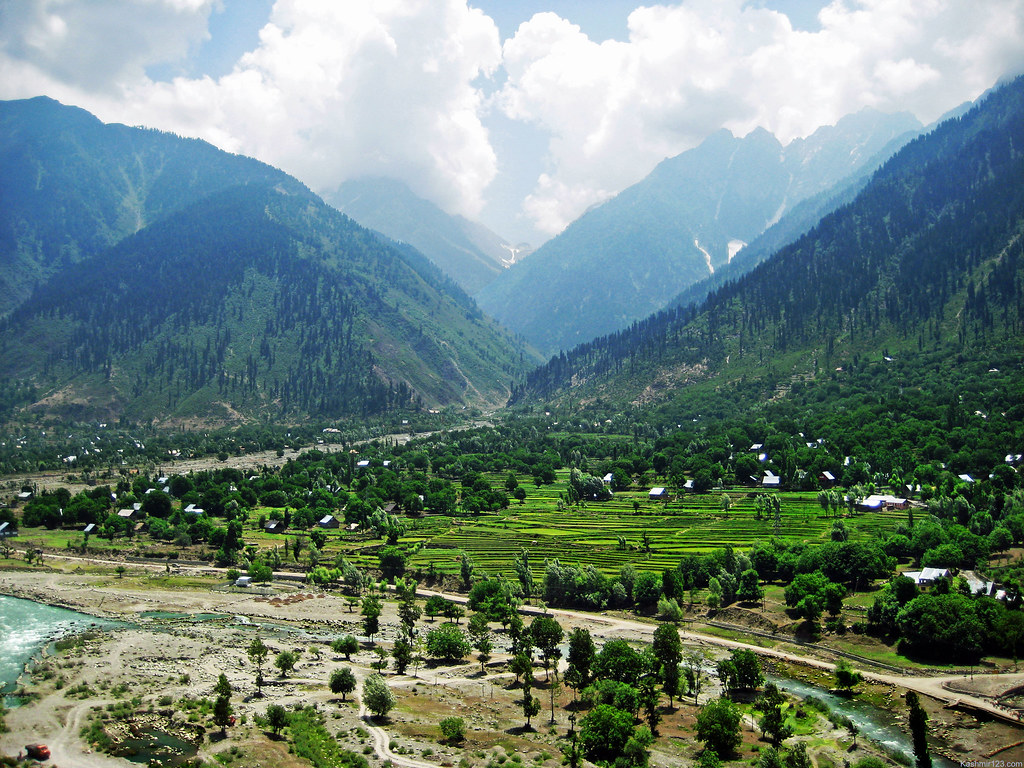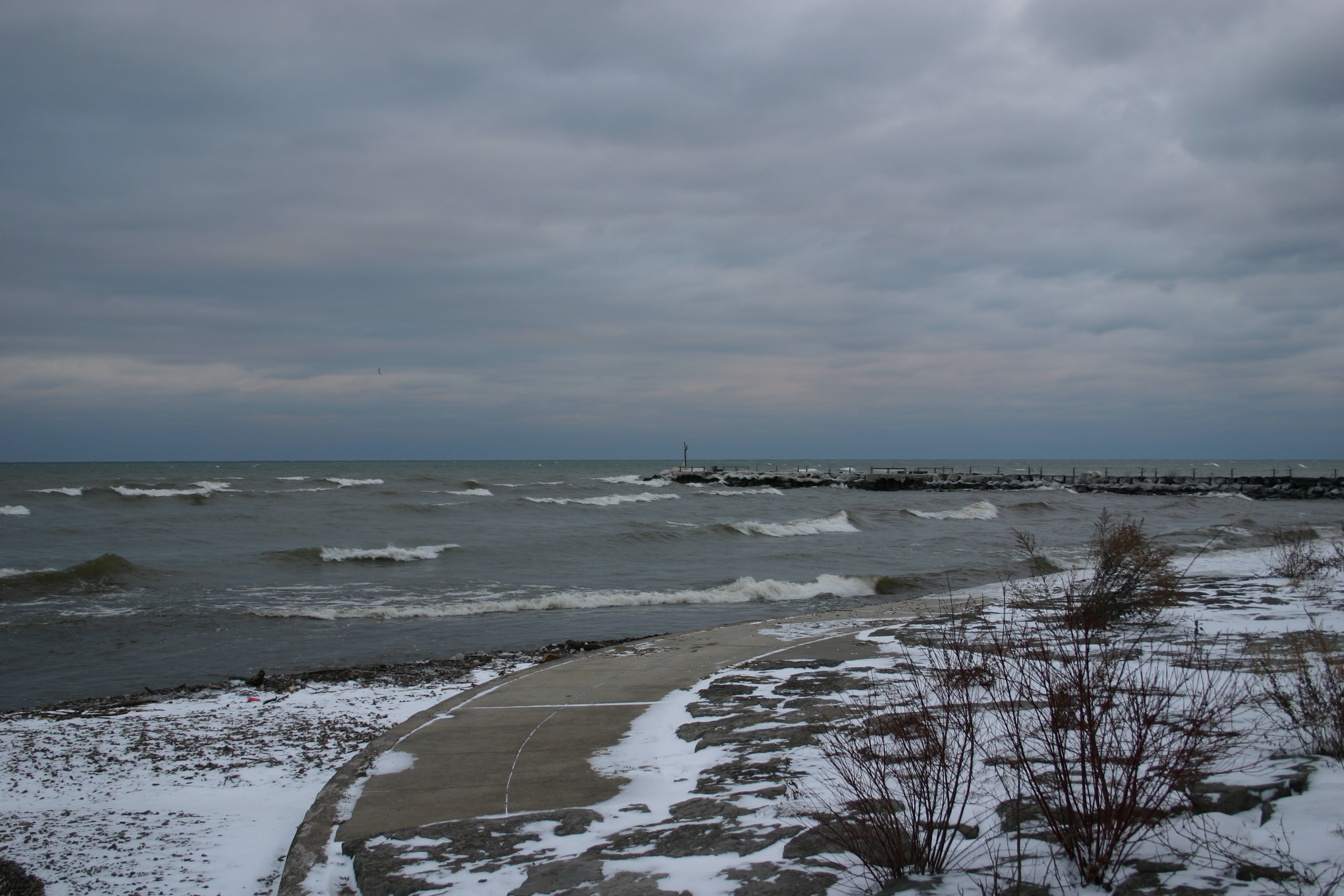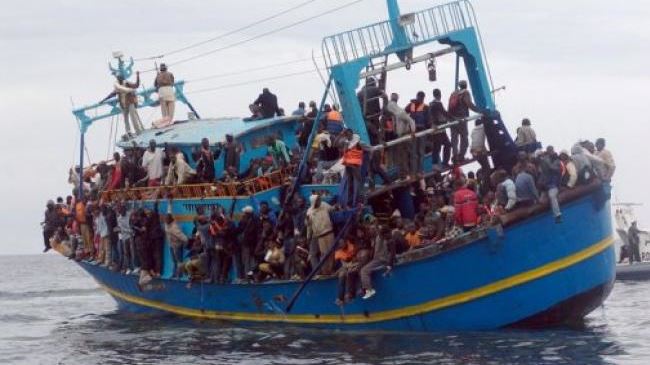April 15 is the Day of the Sun in North Korea and marks the 105th birthday of Kim Il Sung, founding president of the Democratic People’s Republic of Korea (DPRK), and grandfather of current leader Kim Jung Un. Celebrations of the State’s most important national holiday have in the past resulted in military parades and weapons tests, which led some analysts to claim the day could be marked with more missile launches or a sixth nuclear weapons test. Actually, one day after the national celebrations, Pyongyang conducted a new ballistic missile test which failed upon launch. In light of the DPRK’s recent military posturing, Washington has dispatched a naval carrier group towards the Korean Peninsula. However, given the high cost associated with a resumption of hostilities, it is unlikely that either side will make a military move that would warrant conventional or nuclear retaliation.
In October, North Korea stated that it would use nuclear weapons in response to a pre-emptive strike by the United States. Lee Yong Pil, a North Korean official, stated in an interview with NBC that “a preemptive nuclear strike is not something the U.S. has a monopoly on […] If we see that the U.S. would do it to us, we would do it first… We have the technology.” Further intensifying the fragility of the security dilemma, the U.S. recently stated that it may launch a pre-emptive conventional strike if the DPRK is perceived to be launching a nuclear weapon. A preventive conventional attack by the U.S. could be devastating as the unpredictable Kim regime could retaliate by launching an attack on Seoul, which is only 50 kilometres (30 miles) from the DMZ and within the range of North Korean artillery.
The redirection of the USS Carl Vinson towards the Korean peninsula comes after U.S. President Donald Trump ordered a strike of 59 Tomahawk missiles targeting government-controlled Shayrat Airbase in Syria on April 6. President Trump stated this strike was a response to the Khan Shaykhun chemical attack two days earlier in Idlib where sarin toxic gas was used to kill over 70 people and injure over 500 others, many of which were children. The strike in Syria is significant as it is the first the U.S. has conducted against the Assad regime in the course of the six-year civil war.
The strikes in Syria were shortly followed by the U.S. dropping a 21,000 pound GBU-43/B Massive Ordnance Air Blast (MOAB) on an ISIS bunker complex in Achin district in eastern Afghanistan. Known as the “mother of all bombs”, it is the U.S’ most powerful non-nuclear bomb. This further demonstrates the young administration’s clear willingness to use heavy force to reach its ends. After the strike in Afghanistan, President Trump was reluctant to say whether it was part of a strategy to intimidate North Korea, only adding that the DPRK are “a problem” and “the problem will be taken care of.”
It is worth noting that the U.S. strike in Syria also came as President Trump was meeting with Chinese President Xi Jinping in Florida, where the two leaders agreed that the threat posed by North Korea was at a “very serious stage.” President Trump claimed that “tremendous progress” had been made in China-U.S. relations adding that “lots of very potentially bad problems will be going away.” President Xi stated that they had accomplished multiple things, “the most important being deepening our friendship and building a kind of trust in keeping with the Sino-U.S. working relationship and friendship.”
Bearing in mind that China is North Korea’s biggest trading partner encompassing 90% of its foreign trade, the U.S. has relentlessly urged Beijing to use its trade relationship with Pyongyang as leverage to prevent the Kim regime from further pursuing nuclear weapons. Following North Korea’s ballistic missile test on February 12, 2017, China imposed an embargo on North Korean coal imports, the DPRK’s top export. Rudiger Frank, professor for East Asian Studies at the University of Vienna, calls this coal embargo an “unprecedented move” as China has previously avoided this kind of significant action. Though President Trump has urged China to use its economic leverage to influence the Kim regime even further, he has added that “If China decides to help, that would be great. If not, we will solve the problem without them!”
North Korea launched its first nuclear weapons test on 9 October 2006, and its second in May 2009. In April 2012, the regime launched a rocket to mark Kim Il Sung’s 100th birthday, and although the rocket failed, many observed this as an attempt to test long-range ballistic missile technology currently banned by UN resolutions. This past example demonstrates how the upcoming holiday has been marked with demonstrations of new technologies. The DPRK conducted its third nuclear weapons test in February 2013. In 2016, the regime tested nuclear weapons in January and in September. The January 2016 test was claimed by the regime to have successfully tested a hydrogen bomb, though this was met with international scepticism. The September launch was recorded at 10 kilotons, the most powerful test to date, and would lead to the UNSC responding by unanimously passing Resolution 2321 strengthening international sanctions against North Korea.
The North Korean regime’s survival has been entwined with acquiring nuclear weapons making international diplomatic efforts to attain the averse of this goal a “non-starter with them” states James Clapper, U.S. National Intelligence Director. Due to the apparent risks involved in launching conventional pre-emptive strikes, the USS Carl Vinson carrier group will likely be operating in the region as part of a diplomatic manoeuvre to pressure the Kim regime. Moreover, the US naval task force’s presence probably entails intercepting any new ballistic missile test that goes astray and inadvertently threatens South Korea or Japan.
Photo: US Army soldiers training alongside their South Korean counterparts by Republic of Korea Armed Forces (2016), by Republic of Korea Armed Forces via Flickr. Licensed under CC BY-SA 2.0.
Disclaimer: Any views or opinions expressed in articles are solely those of the authors and do not necessarily represent the views of the NATO Association of Canada.




